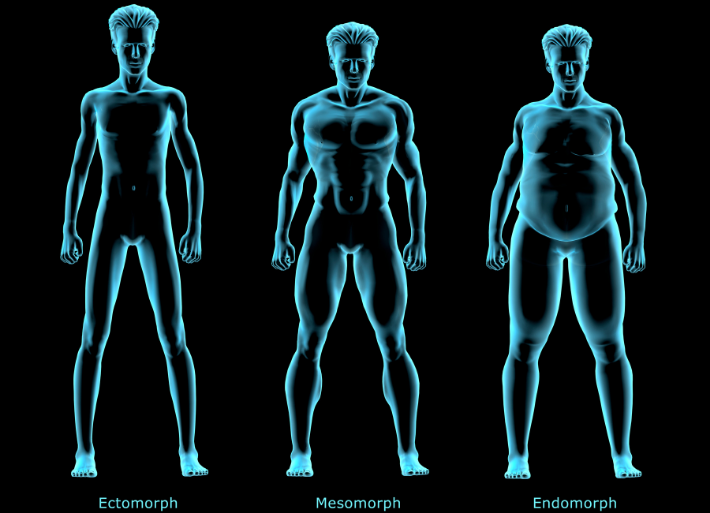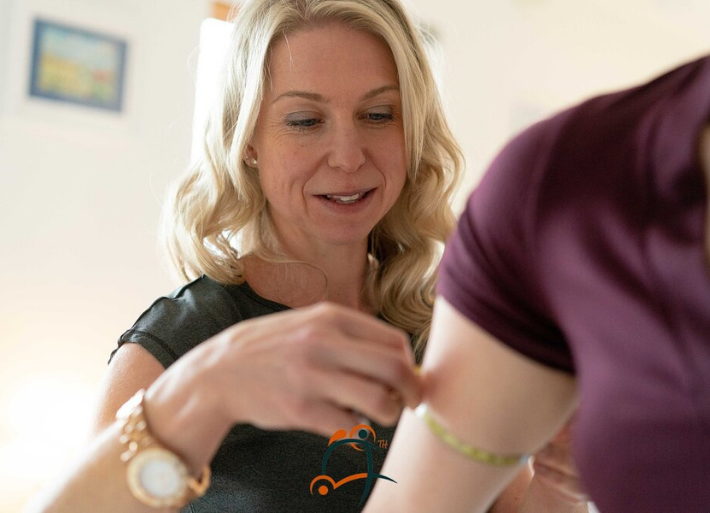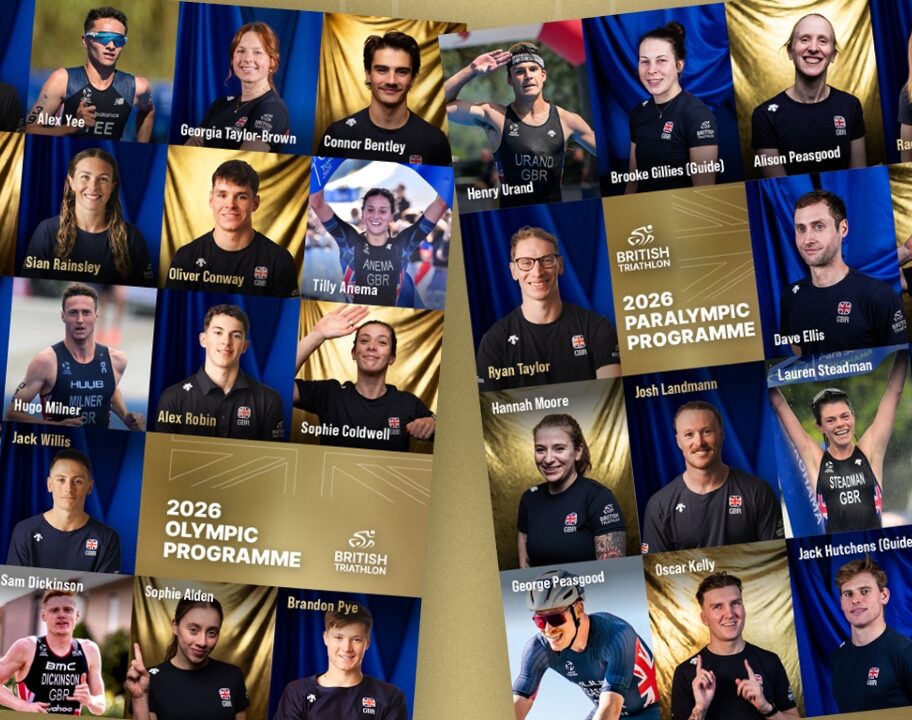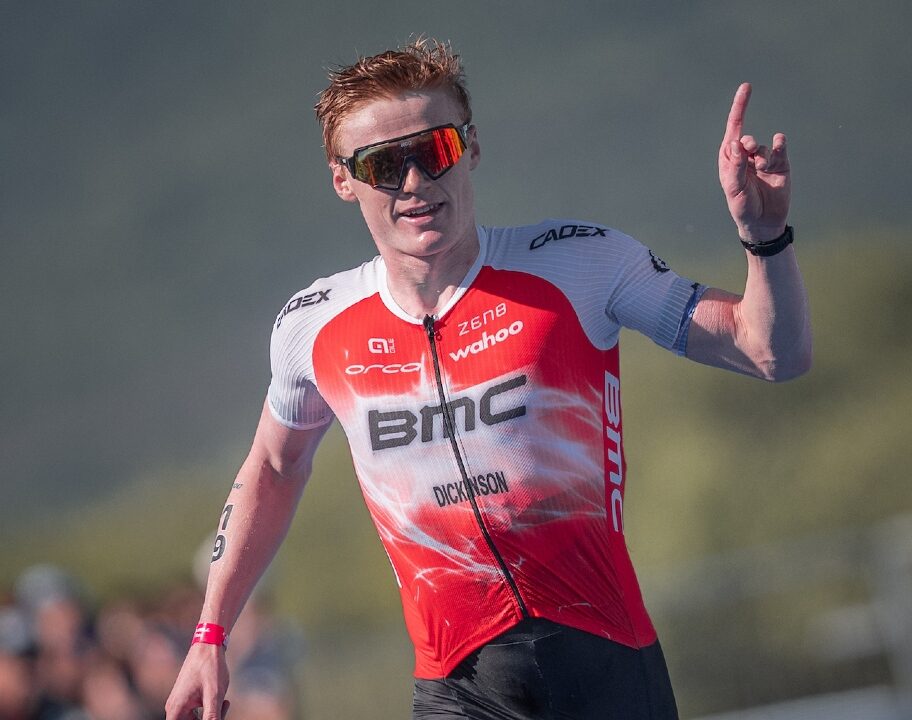The latest in a series of articles brought to to you in association with Neuff Red (https://neuff-red.co.uk/), takes a look at Body Composition; what is it, how can you track it and making sure that you optimise health, as well as performance.
This feature comes from Claire Fudge, the founder of 4th Discipline (www.4thdiscipline.com), who is one of Neuff Red’s team of experts across a range of skills, helping to support athletes to reach their own personal best.
As well as working as a High Performance Sports Nutritionist, graduating with a degree in Nutrition and Dietetics, Claire is also a long distance triathlete.
Learn to track changes across different training cycles
Many athletes spend time checking the shape and changes to their body or their weight on the bathroom scales. But how do you know that these numbers are really helping you to improve your performance and manage your body composition? We need to reach to science for an answer.
The scientific terms for assessing athletic physique are Anthropometry and Kinathropometry. These disciplines have much to teach us, even if you are not likely to be the next Commonwealth or Olympics Champion. Assessing physical characteristics can help us track the influence that training programs have on our bodies, describe our body shape, estimate a safe amount of weight loss/gain and can also track various health data.
In some sports like long-distance running, the mass of our body must travel great distances, which means it is advantageous to be ‘lean’. In this instance, optimising body composition can give the athlete a competitive advantage. If we regularly measure body composition it can also help us identify whether a ‘desired weight’ is, in reality, both healthy and realistic for the individual. For example, it can flag up concerning factors like extremely low body-fat-mass, which may become detrimental for an athlete’s health and performance.
Health and Body Composition
For non-athletes, or as a consideration for athletes beyond their sport, improving and tracking lean muscle mass and other elements of body composition can be beneficial to general health. Various studies have shown, for example, that having a greater lean mass may lessen the risk of developing metabolic syndrome, bone loss and problems of strength, gait, risk of falls and tasks of daily living that are associated with age-related muscle loss.*
Measuring Body Composition
There are many different ways of measuring body composition, all of which have pros and cons. The few ‘Gold standard’ methods such as underwater weighing and the ‘BOD POD’ machine (measuring body mass and volume using air displacement) are clearly not the easiest to use. It is important to regularly assess and track body composition to see change across different training and nutrition cycles, so we need amethod which is quick, effective, inexpensive and non-invasive – not dunking someone in a pool!
This is where the ISAK somatotype body composition profile helps: it uses the three types endomorphy (adipose, or tending to store fat), mesomorphy (muscular) and ectomorphy (linear) to rate various body shapes. See the image below.

By measuring the circumference of various different body areas, including bicep and calf, we can track changes in muscularity over time as part of the complete athlete profile, helping to assess how effective particular training or nutrition interventions have been. Body measurements are best taken immediately before and after strength training cycles or nutrition/dietary interventions to monitor the effectiveness of the training/diet.
Elite team sports and athletes routinely use skinfold thickness measures to give an indication of the amount of fat below the skin. 8 skinfold measures are usually taken from the lower and upper body and the combined sum of these measures is used to track changes. The athlete’s profile and health data are completed with weight, height, waist and hip measurements.
What else should we consider with body composition?
When we look at body composition it is important to remember that some athletes will never achieve elite or ideal skinfold measurements. However, taking regular measures throughout the season and periods of training can help us track changes and progression in training and health to achieve a desired range for the race season.
Evidently there will be individual differences in the rate of weight loss or reduction of the sum of the 8 skinfold measurements, but as a general rule, if an athlete has a sum of their skinfolds (sum of 7 sites excluding iliac crest) of more than 80mm, losing 1kg weight will equate to 10mm loss from the total skinfold, so pretty significant!
However, if an athlete has a skinfold total (sum of 7 sites excluding iliac crest) less than 80mm, losing 1kg weight with translate to just 5mm of fat loss across the body. Evidently the above varies by individual and body fat may be lost from parts of the body which are not measured!
In all of this it is crucial to monitor skinfold measurements if they are too low. Generally speaking for competitive athletes, a total of skinfolds (sum of 8 skinfolds) of 25-35mm for men, or 12-20mm for women should be monitored very closely as this may pose a risk to health.

When should we look at body composition and making changes?
Body composition WILL change throughout each year, across training cycles and across years. Generally, the ideal times to really focus on optimising body composition are:
- During the off season: aim to stay within +/- 2-3kg in weight.
- Make any adjustments to nutrition (e.g. matching / not matching the energy you have available for sessions) during the preparation phase (around 4-8 weeks before the race specific phase). This means any adjustments you make to change your weight and body composition happen before the very specific phase of training for racing.
- If you want to use more specialised metabolic nutrition techniques in training to manipulate and adapt your physiology and/or metabolism, make sure these are fully planned out across the training cycles and are undertaken only with the appropriate support of a specialist sports dietitian or high performance nutritionist.
Body Composition and The Off Season
One of the most common questions I get asked during the winter is: “Should We Expect Our Body Composition To Change In Off-season?”
Of course! Athletes cannot stay in “race ready” condition 365 days of the year, and should not expect to do so. We all need time off during the winter, when training schedules are lower in volume, intensity and specificity than they are during race season and preparation phase.
Some athletes struggle to maintain weight during the race season, so this is a perfect time to focus on gaining a little in stores to restock and remain healthy.
The aim is to keep weight variations to within +/- 2-3kg from preparation and race season. This will make it easier to achieve your ultimate goal in body composition and weight. Note we use both of these metrics – not focusing solely on weight here!
What About Nutrition?
The off-season is a time to rejuvenate, refresh and find that spark for life and lust for training again. This is just as true for nutrition, so we would expect that athletes can relax a little with their food. I always consider it pretty stressful to think about and plan food & nutrition all the time, but we have to accept that relaxing our stance will probably influence athletes’ body composition.
I encourage athletes to enjoy food; have a little of what you fancy without labelling it as good or bad. This approach makes us less likely to over eat it! That said, it might be off-season, but we should still loosely follow guidelines to avoid eating in an “on and off” pattern or encourage the yo-yo-ing of weight.
Work with a qualified professional to ensure you get accurate results!
Working with a sports scientist, registered performance dietitian/nutritionist or other such qualified professional will help you to interpret your data and develop realistic and achievable goals for your body composition. There is no point in having lots of data unless you know what to do with it!
A dietitian will be able to use normative data from published values of athletes across a variety of sports as a guide to set your own weight/body composition goals.
We usually use the total sum of skinfolds to interpret body composition data, rather than talking about a percentage. The total sum can be used to track changes over time and gives us a value to compare with ‘norm’ values. Tracking different skinfolds gives us an idea of what is changing and where, rather than just a simple percentage figure! We also use your somatotype data and girth measures to help us interpret these results.
Essentially… ‘what is measured (and interpreted and acted upon!) is managed’!
* Having a greater lean mass may reduce the risk of developing the metabolic syndrome (Park B et a 2013), bone loss (Ho-Pham L 2014) and problems associated with age-related muscle loss or sarcopenia (Lee J et all 2016; Wolf R 2006).





















